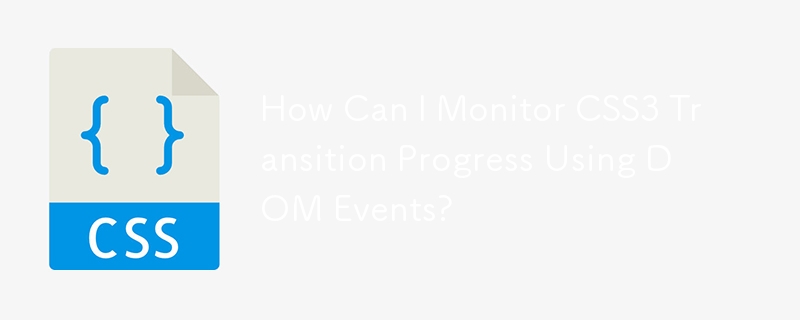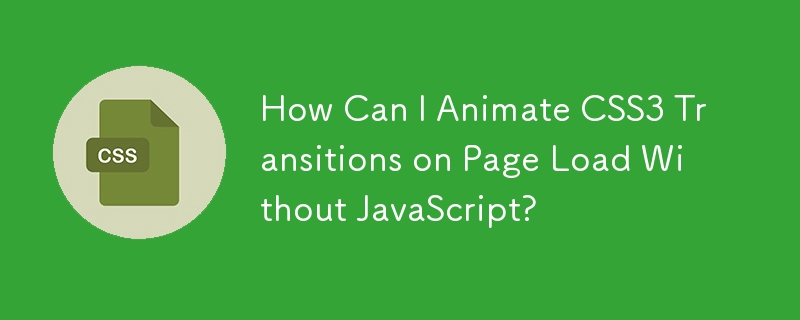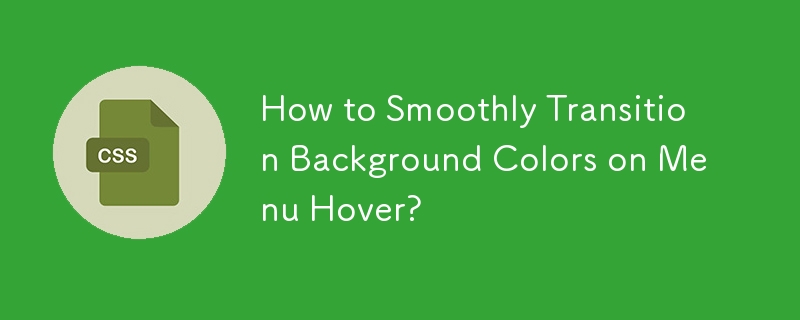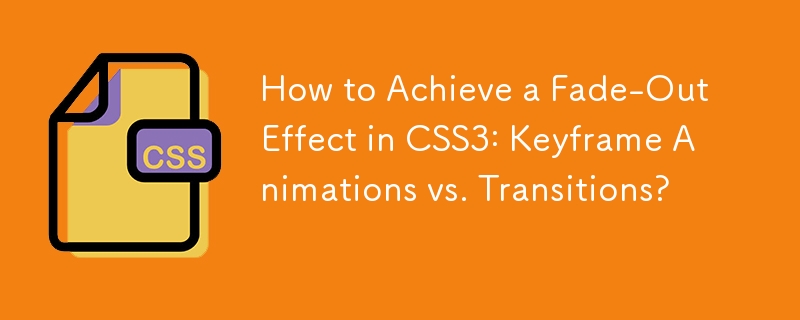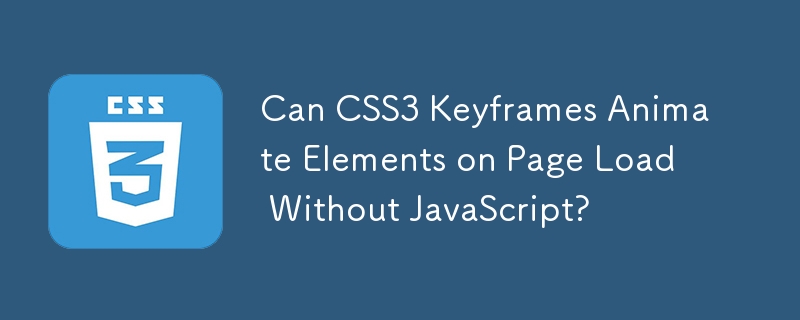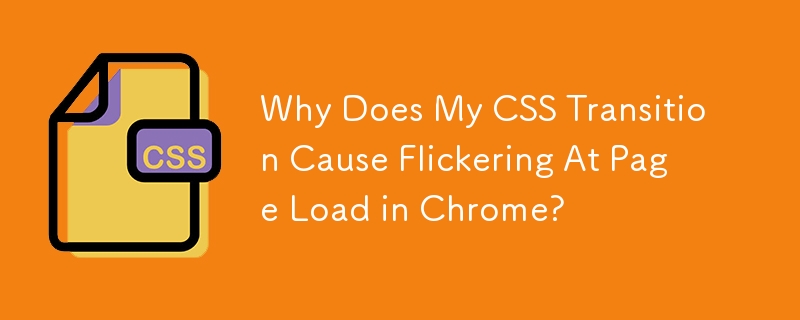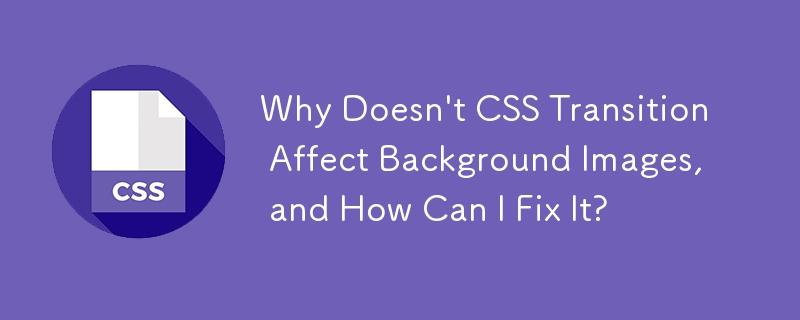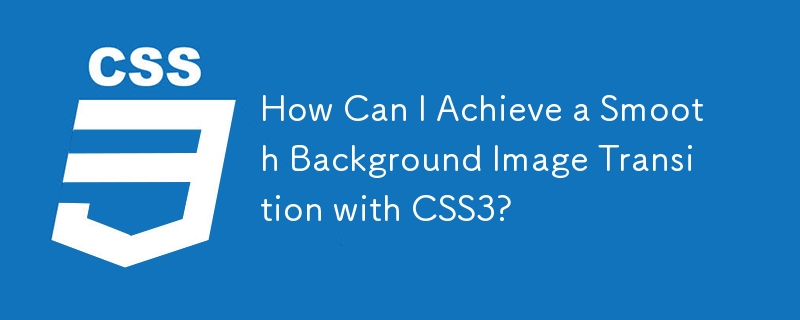Found a total of 10000 related content

CSS implementation back to top and smooth transition
Article Introduction:Implementing a back to top button with a smooth transition effect in CSS requires the following steps: Add an element with id="back-to-top"; set the button to fixed positioning, add styles (including initial transparency of 0); set the transparency to 1 when the button is hovered, and add a smooth transition effect; add scroll detection for the button using JavaScript, display the button when scrolling more than 100 pixels, and scroll smoothly to the top when clicking the button.
2025-04-04
comment 0
519
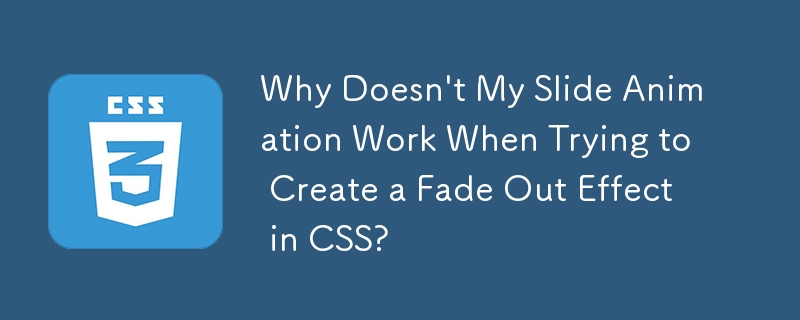
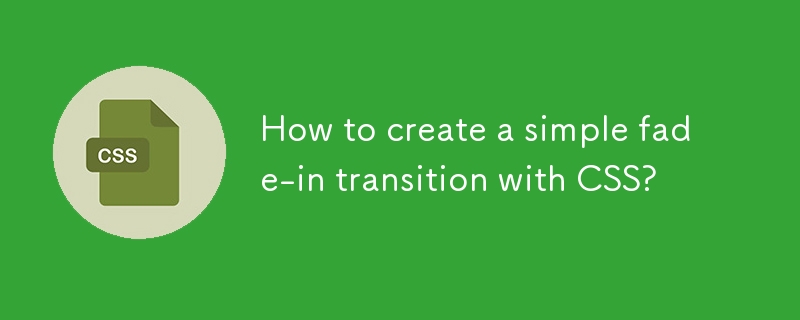
How to create a simple fade-in transition with CSS?
Article Introduction:To achieve the smooth fading effect of web page elements, the key is to use the opacity and transition attribute of CSS. 1. Set the initial transparency to 0 and define the transition time: .fade-in{opacity:0;transition:opacity1sease;}. 2. Change the transparency to 1 by adding .active class, which can be triggered manually through JavaScript or automatically when the page is loaded. 3. You can combine visibility or display attributes to improve your experience, such as: .fade-in{visibility:hidden;} and .fade-in.active{visibility:
2025-07-17
comment 0
348

How to make h5 next page
Article Introduction:There are two common ways to create the next page in the H5 page: jump directly: use the <a> tag to link to the target page. Ajax Loading: Dynamically load new page content through Ajax requests, providing smooth transition effects.
2025-04-06
comment 0
969
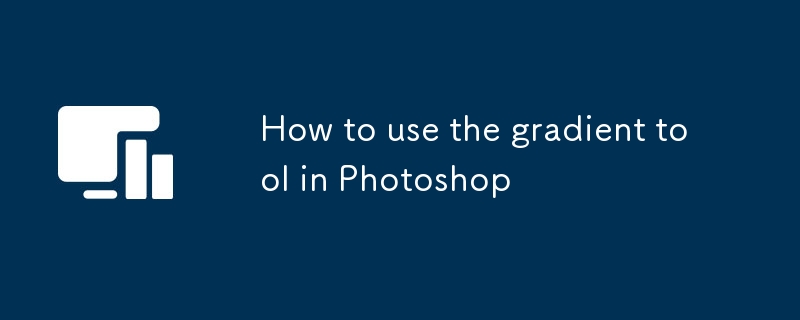
How to use the gradient tool in Photoshop
Article Introduction:The key to using Photoshop Gradient Tool is to master basic modes, customize colors, and adjust details. 1. Select the appropriate gradient mode: linearly suitable for background transition, radially simulate light sources, and angles are used to rotate colors; 2. Custom colors: add and adjust color nodes to control the transition rhythm through the "Gradial Editor"; 3. Pay attention to dragging distance, use Shift keys to limit the angle, and combine the layer mixing mode to improve the natural effect; 4. Check "Imitation Color" to reduce the ribbon effect, and achieve smooth gradient.
2025-07-10
comment 0
413

Vue.js's Function: Enhancing User Experience on the Frontend
Article Introduction:Vue.js improves user experience through multiple functions: 1. Responsive system realizes real-time data feedback; 2. Component development improves code reusability; 3. VueRouter provides smooth navigation; 4. Dynamic data binding and transition animation enhance interaction effect; 5. Error processing mechanism ensures user feedback; 6. Performance optimization and best practices improve application performance.
2025-04-19
comment 0
676

how to fade audio in Premiere Pro
Article Introduction:Adding a fade effect to audio in PremierePro can be achieved in three ways: 1. Use audio transition effects such as "Constant Gain" or "Exponential Fade" and drag directly to the beginning of the audio clip; 2. Manually add volume keyframes in the "Effect Controls" panel, and control fade speed and nature by adjusting the keyframe position and curve; 3. Use the "Trail Mixer" to drag the volume slider in real time to record the operation track, which is suitable for unified management of multi-track audio. Each method has its own advantages. Newbie can choose to quickly achieve the transition effect, advanced users are suitable for manual adjustment or use the track mixer to obtain more refined control. Finally, it is recommended that preview ensures that the audio transition is natural and smooth.
2025-07-05
comment 0
822
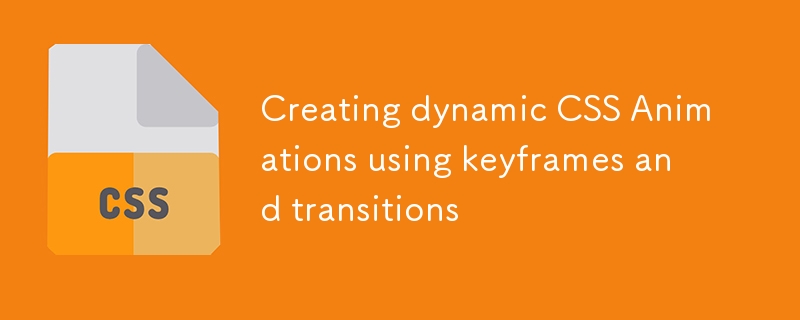
Creating dynamic CSS Animations using keyframes and transitions
Article Introduction:Keyframes are used for complex animations, and Transitions are used for state transitions. 1. Keyframes can define multi-stage animations, such as loading rotation effect, defined by @keyframes and applied with animation. 2. Transitions implements smooth changes in attributes, such as hover gradient color, which is controlled through transition attributes. 3. The two can be used in combination, such as button clicks to enlarge or bounce the effect to improve the naturalness of the interaction.
2025-07-14
comment 0
857
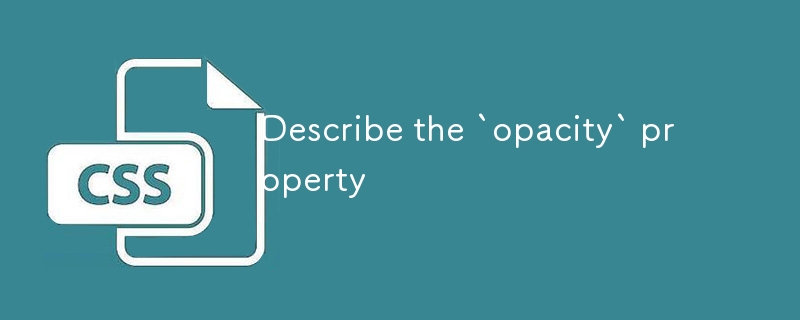
Describe the `opacity` property
Article Introduction:opacity is an attribute in CSS that controls the overall transparency of an element, with values ranging from 0 (fully transparent) to 1 (fully opaque). 1. It is often used for the image hover fade effect, and enhances the interactive experience by setting the opacity transition; 2. Making a background mask layer to improve text readability; 3. Visual feedback of control buttons or icons in the disabled state. Note that it affects all child elements, unlike rgba, which only affects the specified color part. Smooth animation can be achieved with transition, but frequent use may affect performance. It is recommended to use it in combination with will-change or transform. Rational application of opacity can enhance page hierarchy and interactivity, but it should avoid interfering with users.
2025-07-15
comment 0
512

What is the CSS :target pseudo-class used for?
Article Introduction:CSS's :target pseudo-class is used to match and style target elements in the page based on the URL's fragment identifier (last part). 1. It is often used to highlight the page area that users jump to through anchor links, such as highlighting the target section through background color or border; 2. It can be used for simple tab pages or accordion effects without JavaScript, and control the display and hiding of the target elements through display attributes; 3. It can combine transition to achieve smooth animation effects when target switching; 4. It only takes effect when the URL fragment matches the element id, and does not affect the browser's default scrolling behavior, and is not supported but elegantly downgraded in old browsers such as IE8 and below.
2025-07-19
comment 0
247
